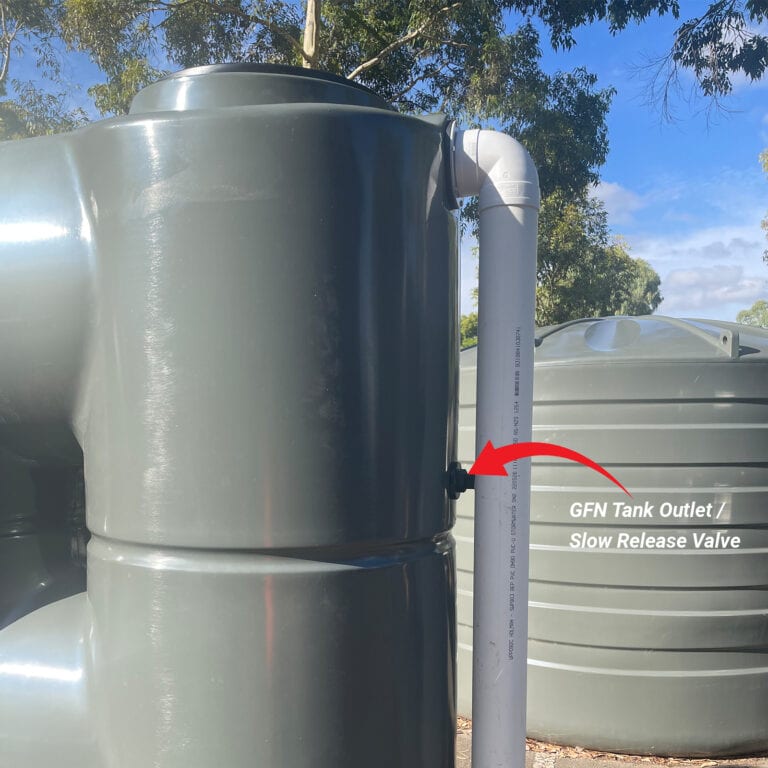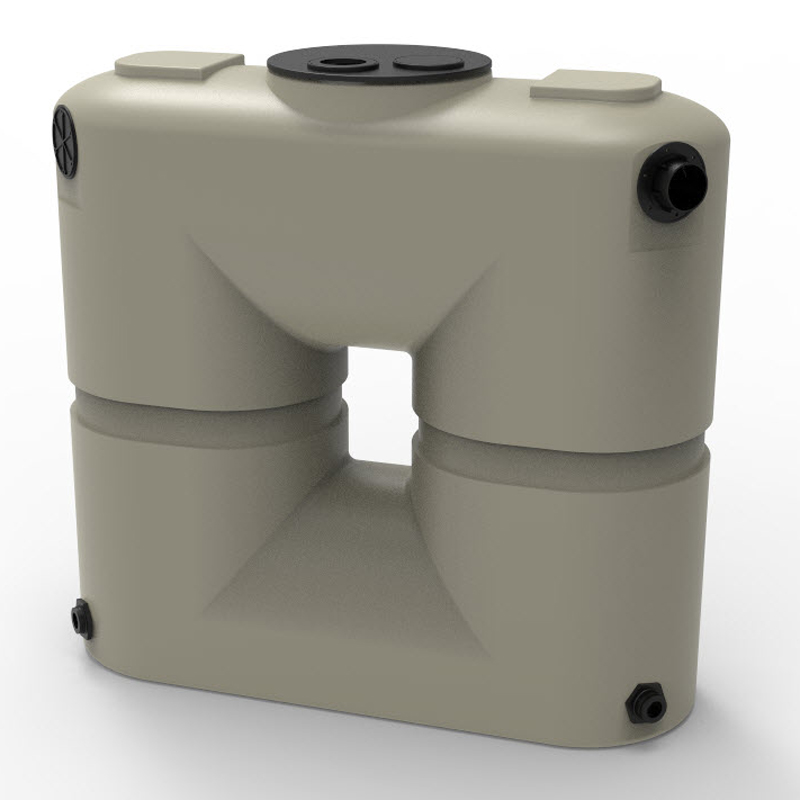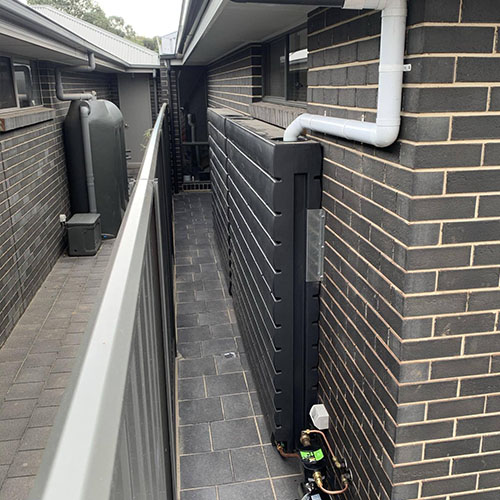Slimline Water Tanks: The Perfect Selection for Urban Water Storage Space
Slimline Water Tanks: The Perfect Selection for Urban Water Storage Space
Blog Article
Understanding the Significance of Rainwater Tanks in Drought-Prone Regions for Water Protection
In regions at risk to prolonged dry spells, the duty of rainwater tanks in boosting water security is a subject of growing importance. As neighborhoods face the obstacles of water deficiency, comprehending the significance of these tanks surpasses simple collection of rain. Rain containers work as an important device in mitigating the effect of water lacks by giving a sustainable source of water for various requirements. The real worth of rainwater storage tanks expands much beyond mere storage; it encompasses resilience-building actions and the promotion of long-lasting water preservation methods. This multifaceted method to water safety warrants a better assessment of the role rainwater tanks play in making certain a reputable water supply throughout times of dry spell.
Benefits of Rainwater Tanks
Utilizing rainwater storage tanks supplies a lasting option for augmenting water system and boosting water protection in domestic and business setups. One of the key benefits of rainwater containers is their ability to decrease dependency on keys water system. By catching and storing rainwater that drops on roofs, this alternative resource can be made use of for different non-potable purposes such as irrigation, flushing bathrooms, and washing garments. This not only conserves treated drinking water but also lowers water expenses for customers.

Rainwater Harvesting Methods
Rain collecting methods encompass a variety of approaches developed to effectively accumulate and save rainwater for various functions, contributing to water preservation and sustainability. One usual technique is the setup of roof catchment systems, where rain is collected from the roof covering of a building and directed to a storage tank. This technique is relatively easy and cost-efficient. One more prominent strategy is making use of above-ground or underground storage tanks to save rainwater for later use. These tanks are available in numerous sizes and materials to suit various needs and can be connected to the existing pipes system for easy access.

Furthermore, rainfall gardens and absorptive sidewalks are cutting-edge methods that entail landscaping or paving surfaces in such a way that allows rain to percolate right into the ground, restoring groundwater gets. In addition, shape farming and terracing are farming techniques that help record rain and protect against dirt erosion in hilly terrain. By implementing these varied rain harvesting strategies, areas can improve water security and durability in drought-prone areas while advertising lasting water management practices.
Significance of Water Protection
Ensuring reputable access to clean and sufficient water sources is paramount for sustaining human health, economic growth, and ecological wellness. Water safety is a vital aspect of social strength, specifically in areas at risk to droughts and water shortage. Appropriate water safety encompasses numerous dimensions, including availability, top quality, and accessibility of water for domestic, agricultural, industrial, and ecological demands.
Water security plays a crucial duty in advertising public health by decreasing the occurrence of waterborne conditions and ensuring cleanliness facilities. Economically, water safety is crucial for agricultural efficiency, industrial procedures, and general economic development. Slimline water tanks. Water safety is closely linked to environmental sustainability, as it supports environments, biodiversity, and overall eco-friendly balance.
In drought-prone areas, water protection ends up being also extra essential as a result of the heightened danger of water scarcities. Implementing approaches like rainwater harvesting, water recycling, and effective water monitoring practices can substantially enhance water safety and security in these areas. By prioritizing water safety and security, areas can much better withstand the influences of environment modification, population development, and other difficulties that endanger water schedule.
Enhancing Water Strength
With raising international water obstacles, developing durability in water supply has actually come to be an important focus for sustainable development efforts. Enhancing water strength includes carrying out methods to guarantee water accessibility and top quality when faced with altering environmental conditions, such as dry spells, floodings, and pollution.
One key aspect of boosting water strength is promoting the use of rain containers in drought-prone regions - Slimline water tanks. Rainwater containers act as a reliable methods of recording and saving rain for later usage, reducing reliance on scarce freshwater sources during dry durations. By including rain harvesting systems into water administration strategies, communities can enhance their capacity to stand up to water scarcity and keep water security

Sustainable Water Preservation
Amidst escalating water obstacles, the sensible monitoring of water sources with lasting conservation methods is critical for making certain lasting environmental security and social health. Sustainable water conservation requires the effective usage of water resources to satisfy existing demands without jeopardizing the ability of future generations to satisfy their pop over here own demands. By applying techniques such as rainwater harvesting, greywater recycling, and water-efficient innovations, neighborhoods can lower water wastage and minimize pressure on freshwater sources.
Additionally, lasting water conservation techniques add to ecosystem health and wellness by maintaining adequate water degrees in rivers, lakes, and wetlands, supporting biodiversity, and maintaining natural environments. These techniques likewise play an essential function in alleviating the effects of environment modification by helping to adjust to altering rainfall patterns and water availability.

Verdict
To conclude, rain storage tanks play a vital duty in boosting water protection and durability in drought-prone areas. By using rain harvesting strategies, communities can lower their reliance on typical water sources and advertise lasting water conservation practices. This not just aids mitigate the impacts of water deficiency throughout dry spells Look At This however also adds to long-term water safety and security and durability in the face of climate change challenges.
Report this page